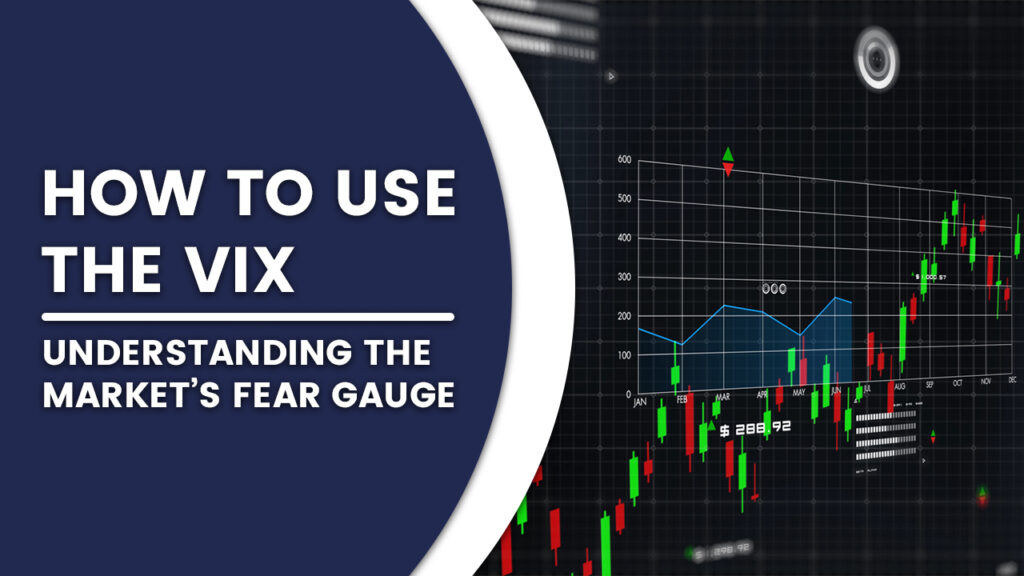How to Use the VIX: Understanding the Market’s Fear Gauge
Article published on February 18th, 2025 8:00AM UK Time

In financial markets, fear and uncertainty often drive some of the most volatile price swings. The VIX (Volatility Index), commonly referred to as the “fear gauge,” plays a crucial role in helping traders and investors assess market sentiment. But while many panic when the VIX spikes, understanding how to interpret and use this index can provide a significant trading advantage.
What is the VIX?
The VIX measures expected volatility in the S&P 500 over the next 30 days, derived from options pricing. It is not a directional indicator—meaning it doesn’t tell you if stocks will go up or down—but rather, it reflects the degree of uncertainty or risk in the market.
How to Read the VIX:
📉 VIX below 20 → Markets are calm, and volatility is low.
⚠️ VIX between 20-30 → Caution: Uncertainty is increasing.
🚨 VIX above 30 → High market turbulence and potential risk-off sentiment.
🔥 VIX above 40 → Extreme fear, often seen during market crashes.
Historically, VIX spikes above 40 have been associated with major sell-offs in the S&P 500, such as during the 2008 Financial Crisis and the COVID-19 market crash in 2020.
Why the VIX Matters to Traders
While a rising VIX signals uncertainty, the most important takeaway is how markets tend to behave after extreme fear events. Many traders and investors make the mistake of exiting positions at the height of market panic when the VIX is elevated—just before the market begins to stabilize.
Key Insight: The VIX Tends to Peak Before Markets Bottom
- When fear is at its highest, market participants are often overextended on the downside.
- As the VIX starts to decline from extreme levels, it usually signals that market stabilization is near and a buying opportunity may emerge.
For instance, in March 2020, the VIX surged above 80, marking the peak of market panic during the COVID-19 crash. However, as the VIX pulled back, the S&P 500 found a bottom and began a powerful recovery.
How to Use the VIX in Trading
1️⃣ Risk Management – When the VIX is rising sharply, reduce leverage and manage downside exposure. High volatility environments can lead to unpredictable price swings.
2️⃣ Buying Opportunities – A VIX pullback from extreme levels (above 40) has historically been a strong indicator that the worst of a market downturn is over.
3️⃣ Hedging Strategies – Traders often use VIX derivatives, such as VIX futures or ETFs, to hedge portfolios during uncertain periods.
4️⃣ Volatility Breakouts – A VIX spike from low levels (sub-20) to above 30 can indicate that a market shift is occurring, signaling the need for defensive positioning.While a rising VIX signals uncertainty, the most important takeaway is how markets tend to behave after extreme fear events. Many traders and investors make the mistake of exiting positions at the height of market panic when the VIX is elevated—just before the market begins to stabilize.
Final Thoughts: Fear is an Opportunity
Rather than reacting emotionally to VIX spikes, traders who understand its behavior can use it as a tool to navigate volatility effectively. A high VIX doesn’t mean sell—it means assess the risk, manage positions, and prepare for potential opportunities.
Next time the VIX surges, don’t panic. Instead, watch for its decline—because that’s often when the best opportunities arise.